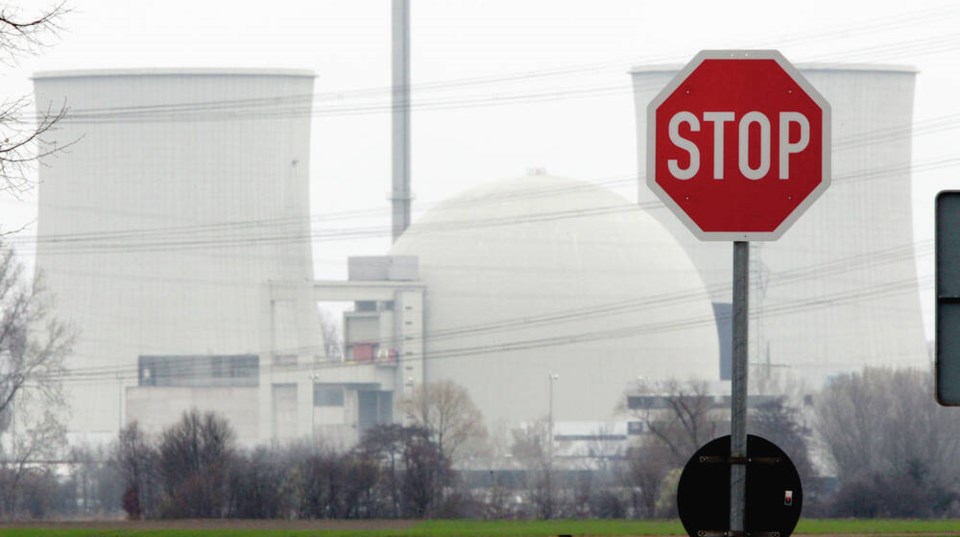Last year saw an intensification of the great march to “net zero,” aimed at replacing the 84 per cent of global energy currently supplied by fossil fuels. This unrealistic objective saw actions ranging from the impractical to the hypocritical to the simply bizarre.
Here is my list of what I’ll call the fossil fuel follies:
The Bizarre: The City of Paris celebrated the unveiling of a “monumental” artwork that consisted of the massive Arc de Triomphe being covered in a silver and blue fabric. Turns out that fabric was plastic, a product the French government is aiming to ban, and made from petroleum, which France wants phased out to achieve “net zero.”
Energy Ignorance: New York City has decided to combat global warming by replacing natural gas with electricity to heat new buildings. But half of New York’s electricity is generated by natural gas and other fossil fuels.
Scandinavian Hypocrisy: Norway has mandated that all new cars sold by 2025 must be electric. Meanwhile, the country produces four million barrels of oil per day and is developing new fields so that it can produce even more.
The Hydrogen Charade: A Globe and Mail article published last August called hydrogen “the most abundant element in the universe.” That’s true for the universe, where hydrogen fuels stars including our sun.
But the reality here on Planet Earth is that the usable hydrogen does not exist in nature. Usable hydrogen is manufactured in refineries fuelled by natural gas and coal.
Hydrogen industry advocates try to counter inconvenient truth by pointing to electrolysis of water with electricity generated from wind and solar — an impractical and extremely costly approach to creating something that’s supposedly abundant.
Greenwashing by the Caisse de Dépôt: Quebec’s provincial pension fund says it will divest its oil production assets by the end of this year. No mention of divesting assets that require oil to function, including airports, highways and marine shipping terminals.
Cryptocurrency’s Overlooked Environmental Impact: 2021 saw the Bank of sa国际传媒 increase its work on the feasibility of adopting a digital currency. But there’s no mention of examining the environmental impact of cryptocurrency.
Cryptocurrencies use the uber-complex blockchain technology. Minting new units of Bitcoin, for instance, requires a highly energy-intensive process called “mining.”
The electrical power required to mine a single transaction generates an average carbon footprint equivalent to processing over two million Visa transactions.
Germany’s Journey from Self-sufficiency to Russian Energy Hostage: Last year saw Germany complete the 11-year process of shutting down its zero-emission nuclear power plants. That incomprehensible decision was based on a plan to replace the nuclear with wind and solar, which, predictably, proved both prohibitively expensive and unreliable. That left no alternative but to import natural gas from Russia.
But those supplies have proven inadequate. The ostensible solution is more Russian gas through Nord Stream 2, a new pipeline across the Baltic Sea. Last March, the German government approved the project, but the escalating Ukraine crisis has led to pressure from its NATO allies to cancel that approval.
Now, just as freezing temperatures drive German natural gas prices up 10-fold, Russia has reduced deliveries. On Jan. 20, International Energy Agency executive director Fatih Birol stated: “I would note that today’s low Russian gas flows coincide with heightened political tensions over Ukraine.”
It’s breathtaking to think that this geopolitical mess started with the belief that wind and solar could be the answer to the country’s energy future.
sa国际传媒 Leads COP26 — in the Size of its Delegation: sa国际传媒 sent 276 delegates to the UN Climate Summit in Glasgow, more than host U.K. and twice as many as the United States. Our prime minister’s entourage included his own personal videographer, photographer, speechwriter and a 17-person media team made up of press secretaries and communications directors.
The number of emissions-intensive private jets required to transport this mega-team was not disclosed. All this ludicrous vanity-driven hype for a country that accounts for less than two per cent of global emissions.
COP26 Hypocrisy: The main objective of COP26 was to “phase out” coal-fired power. But in the face of opposition from China and India, the world’s two largest coal consumers, the language was changed to “phase down.”
China and India currently produce 36 per cent of global emissions. Fact-checked data from the Global Coal Plant Tracker shows China has 202 coal-fired power plants either under construction or pre-construction, while India has 74.
The expected life of those coal plants is more than 30 years, which would negate the combined emissions reduction efforts of all other COP26 parties. If sa国际传媒 were to disappear from the map, India and China’s emissions growth would replace our emissions in less than a year.
The years go by, but global dysfunction is perennial.
Happy New Year, everyone!



